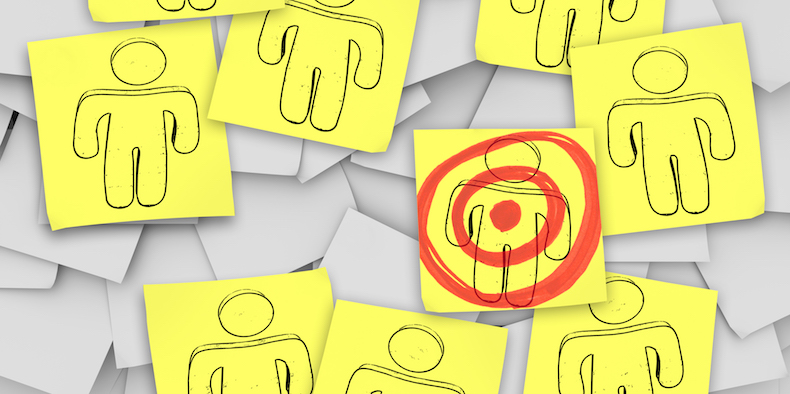Four steps to building products or solutions with your users in mind
Design thinking is an innovative and collaborative approach to problem-solving that puts the user first to create customer-centered products and services. There are many different design thinking activities you can use to spark an understanding of your customers or users, including the creation of personas. A persona is a fictional character that represents a type of customer or user of your service or product. This fictional character is created based on a synthesis of what you’ve learned about your real customers and users…and the themes or common characteristics you have observed that many of them share in common. This approach is research-based and designed to help you better understand your customers’ needs, behaviors, experiences, and goals.
Here are the four steps toward creating a persona for design thinking:
- Research and Analysis
- Persona descriptions
- Problem analysis
- Collaboration and Revision
Keep reading to learn more about these four steps or contact us to learn about our user persona and customer experience journey mapping design thinking workshops.
You can start creating a persona with just paper or whatever software you have on your computer – google slides, keynote or PowerPoint. There are design thinking software tools and web applications available that can help you get started with laying out your persona and customizing it. Miro is one of our favorites to use for this kind of visualization. It’s a collaborative online whiteboarding tool and they even have persona templates available you can work with.
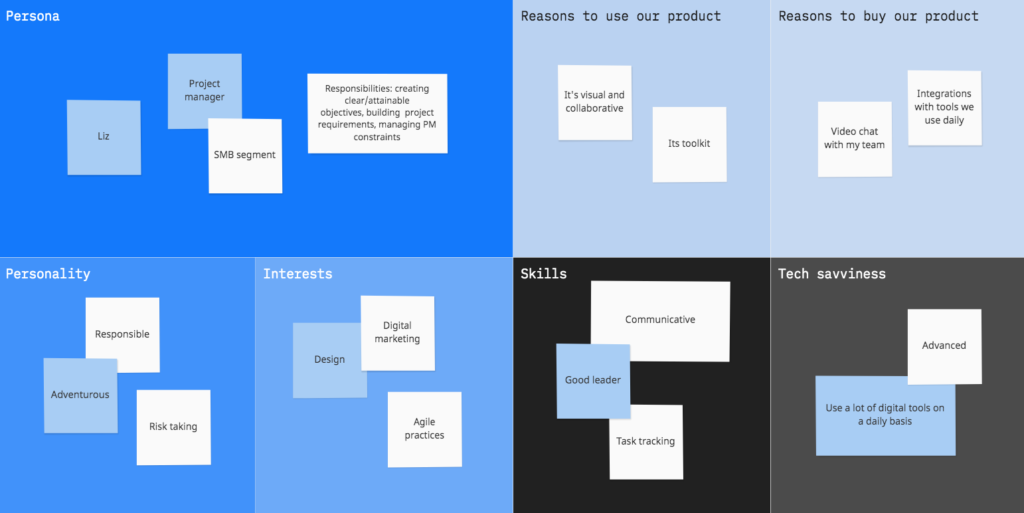
Steps to Creating Design Thinking Personas
1. Research and analysis
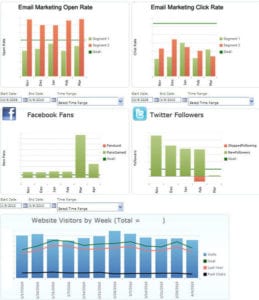
The first step in the process of developing a persona is research. To begin with, you need to look into who your customers are and learn as much as you can able them and their habits. The most common approach is to observe and interview your customers to learn about them and their needs. You can learn a lot about your customers from just a 10 minute call, online chat, or email conversation. Take notes to identify the key commonalities and specific insights and words they use. You should start to notice themes even after 3-5 interviews. You can also look at past conversations and analyze and synthesize those to get a better understanding of who your customers specifically are and how you might describe them in detail.
Here are a few other resources you can use to conduct research for understanding of your customers:
- Analytics: various website or app analytics can offer information for free. You can use your analytics as a starting point when creating a new persona.
- Social media: learn more about who is following you on social media, what they are talking about, and how they interact with your brand or others.
- Survey or focus group: for a more interactive approach to gathering data, try sending out a survey to your current customers in your next email or hold focus group sessions to interact with customers and potential customers directly and gain insights into who they are and how they feel about your product or service, brand, your industry, and more.
Once you have gathered enough research, it’s time to analyze it. Find points of interest and patterns in the data. Then, you’ll begin synthesizing the information by creating a few personas.
2. Persona descriptions
Create a 1-2 page description for each persona you have developed. These personas could include details about the user’s education, lifestyle, interests, values, goals, needs, desires, attitudes, and actions. Give each of the personas a name and try to make them as realistic and representative of your customer types as possible.
Click here for a sample persona worksheet on GitHub.
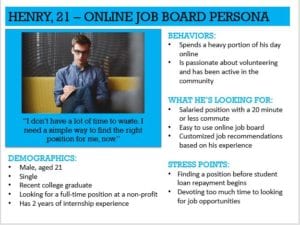
3. Problem analysis
The next step in the design thinking process is problem analysis. During this step, you’ll want to test your personas to find out how valid they are in the context of your brand. For example, if X happened, how would your personas respond? If you can’t answer this question, you’ll want to spend more time gathering research or developing your persona in step 2.
You can also watch the video below for more details on creating user personas.
4. Collaboration and iteration
Throughout this process, it’s important to collaborate with your creative and leadership team. Personas can take a while to get right, so don’t be afraid to iterate and revise as many times as you need until you are happy with the end result. Don’t be afraid to just get started quickly with a persona you draw up on a sheet of paper. This gives you something to iterate from as you share it with colleagues or customers and learn more to get more specific. You can also create your own persona template that works for your organization and iterate from that. Here is an example template we just created with a PowerPoint slide.
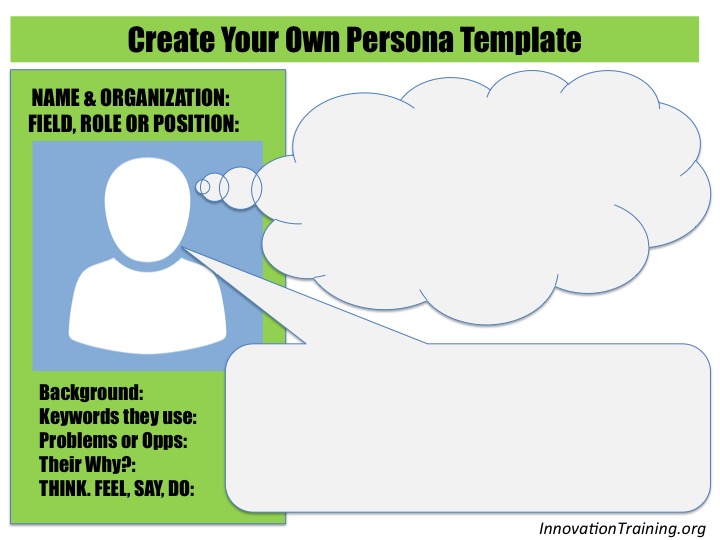
Creating Personas and Persona Design
Whether you are engaging in a proper UX design process or just trying to learn who your customers or users are, persona creation is worth doing. Conducting user research for empathy mapping is a great activity to begin with to make your persona design more accurate because it will reflect real user needs that you have heard. You will see multiple personas emerging as well as target personas you can design for and with. With these four steps, you’ll be on your way to creating useful and practical personas to help you gain insights on your audience and develop innovative products and services for your customers. For more design thinking and innovation tips, check out our Starting with Design Thinking online workshop or innovation and design thinking resources blog here.
